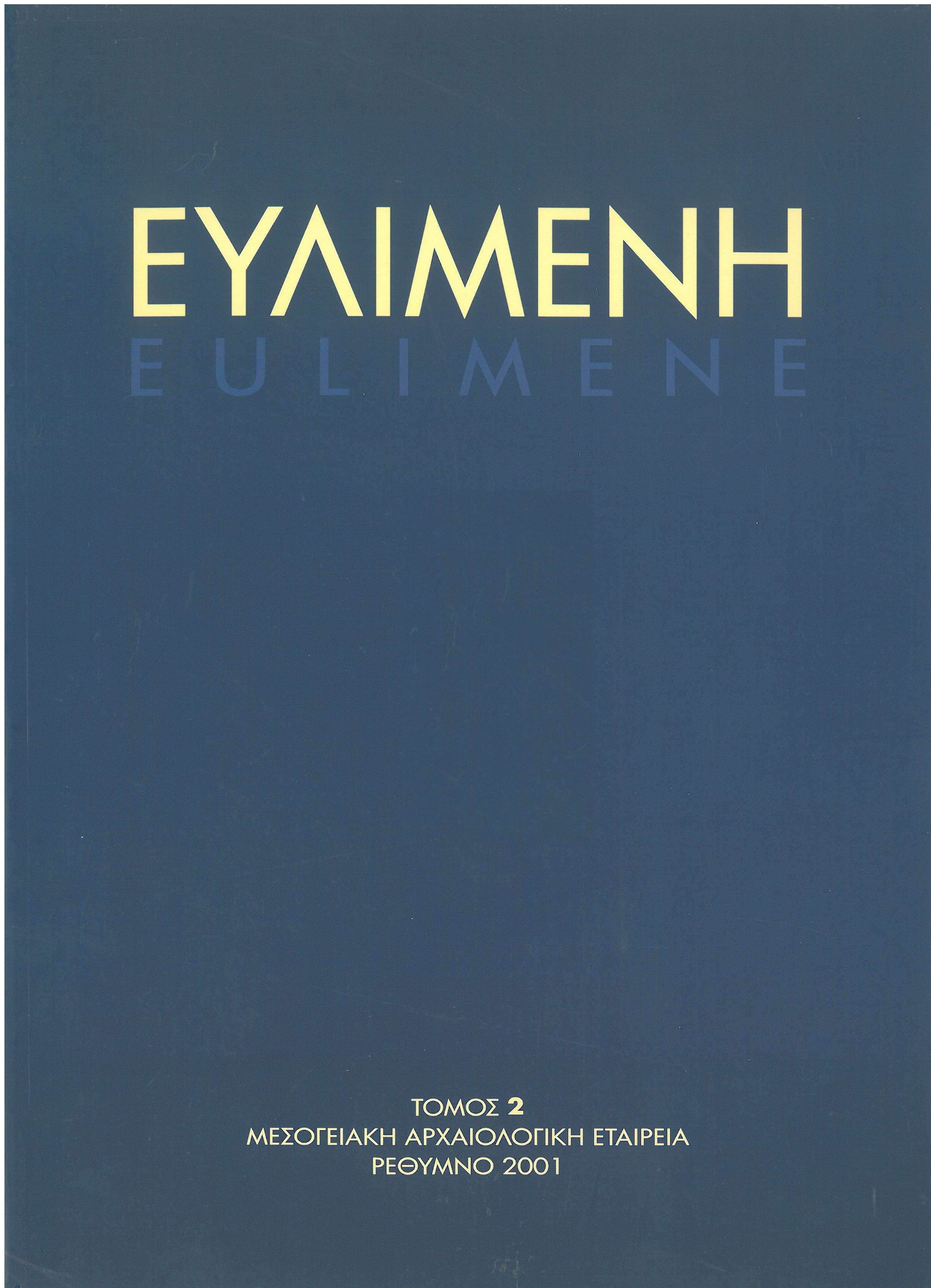Ο θησαυρός Γυθείου IGCH 170

Abstract
The Gythion Hoard IGCH 170. IGCH 170 was found at Gythion of Laconia in 1938. It consists of 33 silver coin–issues often occuring in Peloponnesian hoards: 1 drachm of Aegina, 32 triobols of Sikyon, 1 tetradrachm of Antiochus I Soter. The drachm issue,
with two dots on the reverse incuse, dates to the second half of the 4th century B.C. The triobols follow the so–called reduced Aeginetan standard, with an average weight of about 2.6 gr. each; these can be attributed to the very last years of the 4th up to the first decades of the 3rd century B.C. The tetradrachm of Antiochus I, minted in Seleucia on the Tigris c. 278–274 B.C., is important for the chronology of the find. In a total of 23 coin hoards found in the Peloponnese, buried in the period between the middle of the 4th
and the 2nd century B.C., four include Seleucid tetradrachms (17 in all); see the table in p. 124, of which 8 were minted in Seleucia on the Tigris.
It is probably an emergency hoard connected either with the troubled times of Cleomenes III’s war (228–222 B.C.) or the Social War (220–217 B.C.). Thus, the period around the year 220 B.C. is grosso modo suggested as the possible burial date. The Gythion find is another important hoard for the dating of the triobols of Sikyon and also provides further evidence for coin circulation in the Peloponnese during the second part of the 3rd century B.C.
##plugins.themes.ekt-hometheme.article.details##
- Ausgabe
- EULIMENE 2 (2001)
- Rubrik
- Articles
- Kategorien
The copyright for articles in this journal is retained by the author(s), with first publication rights granted to the journal. Authors who submit articles to this journal confirm that third-party intellectual property rights are not violated in any way. By virtue of their appearance in this open access journal, articles can be used freely, with proper attribution, for educational and other non-commercial purposes. The Mediterranean Archaeological Society retains the right to publish papers that appear in EULIMENE in any form, including electronic, the journal may assume in the future. It also retains the right to deposit articles published in EULIMENE in its repository.





